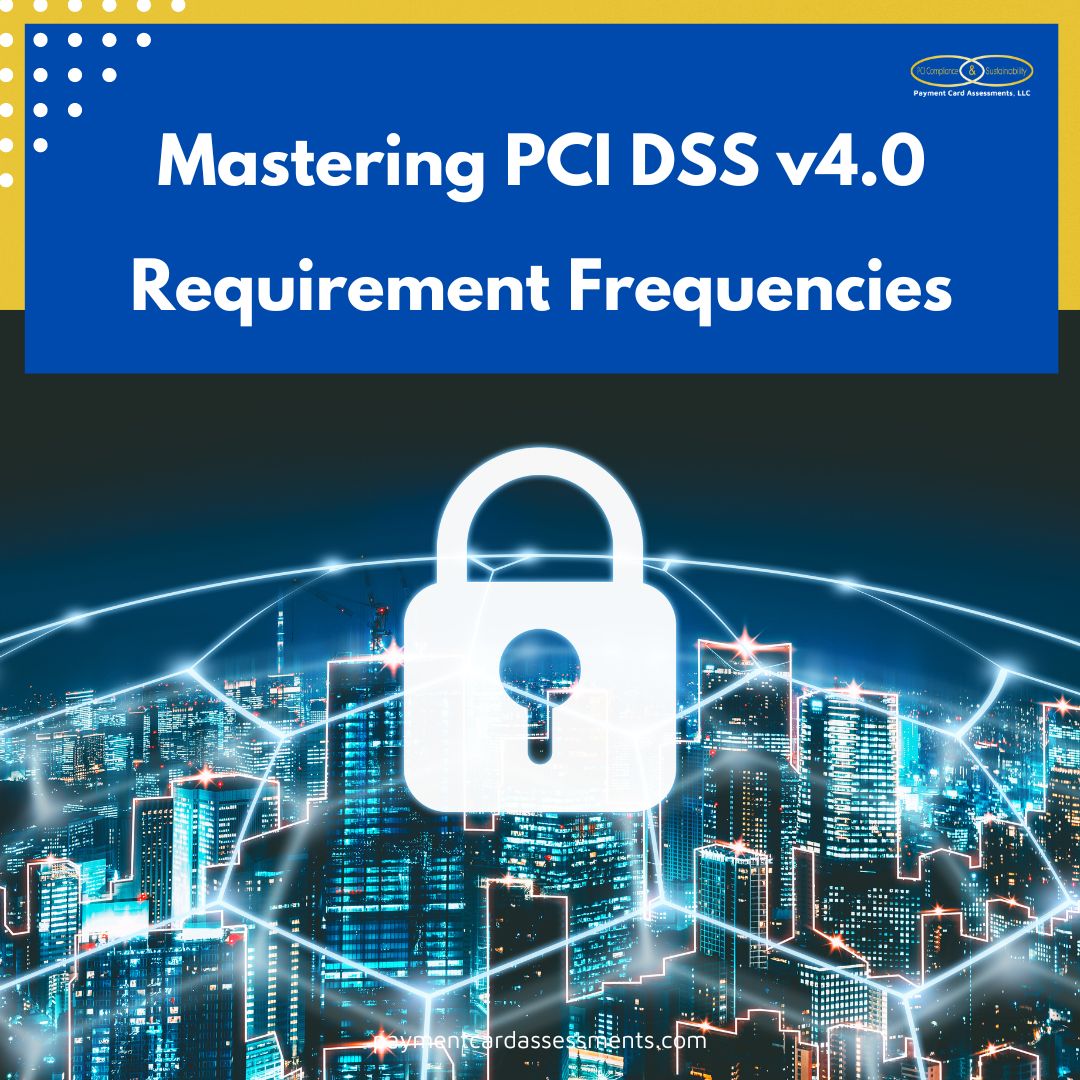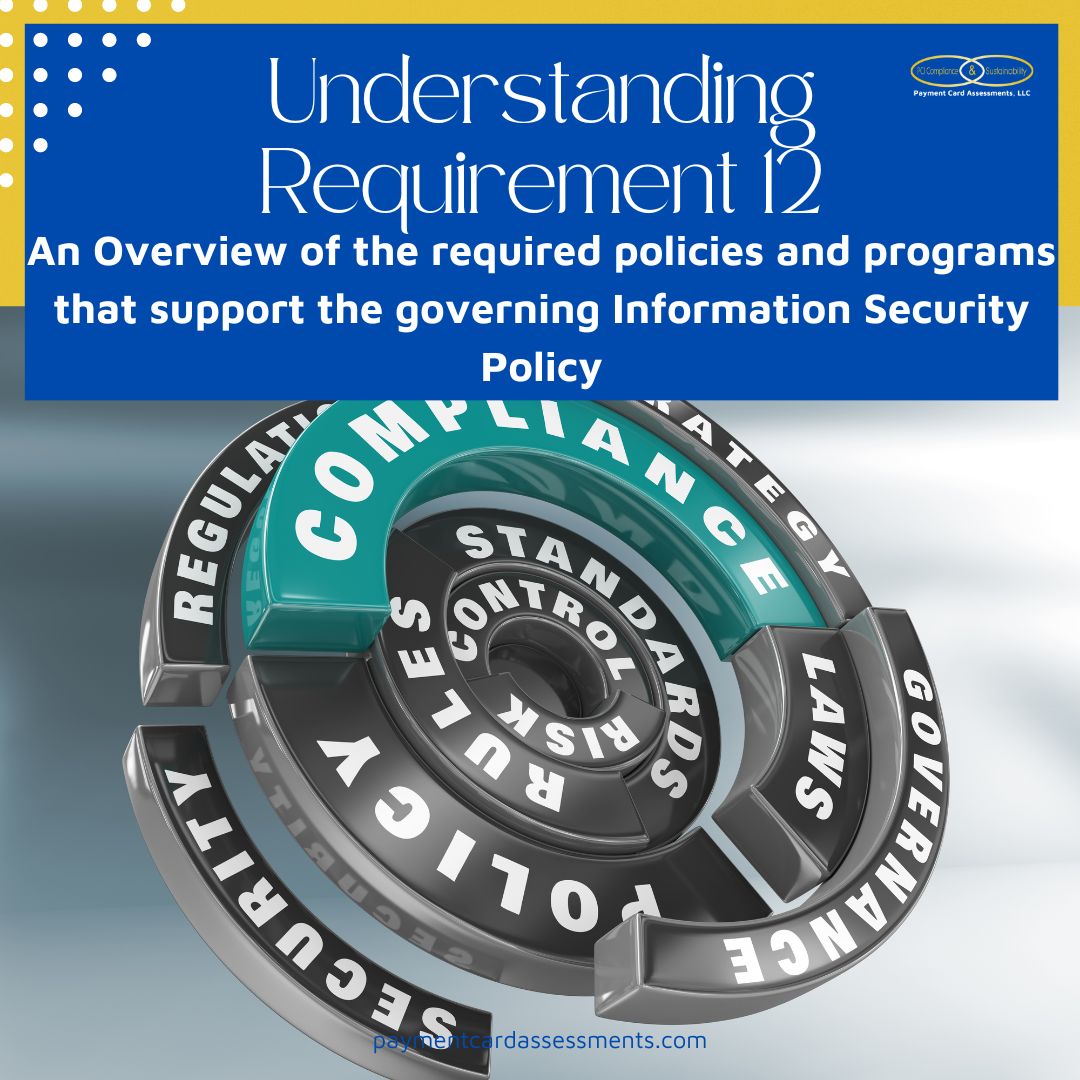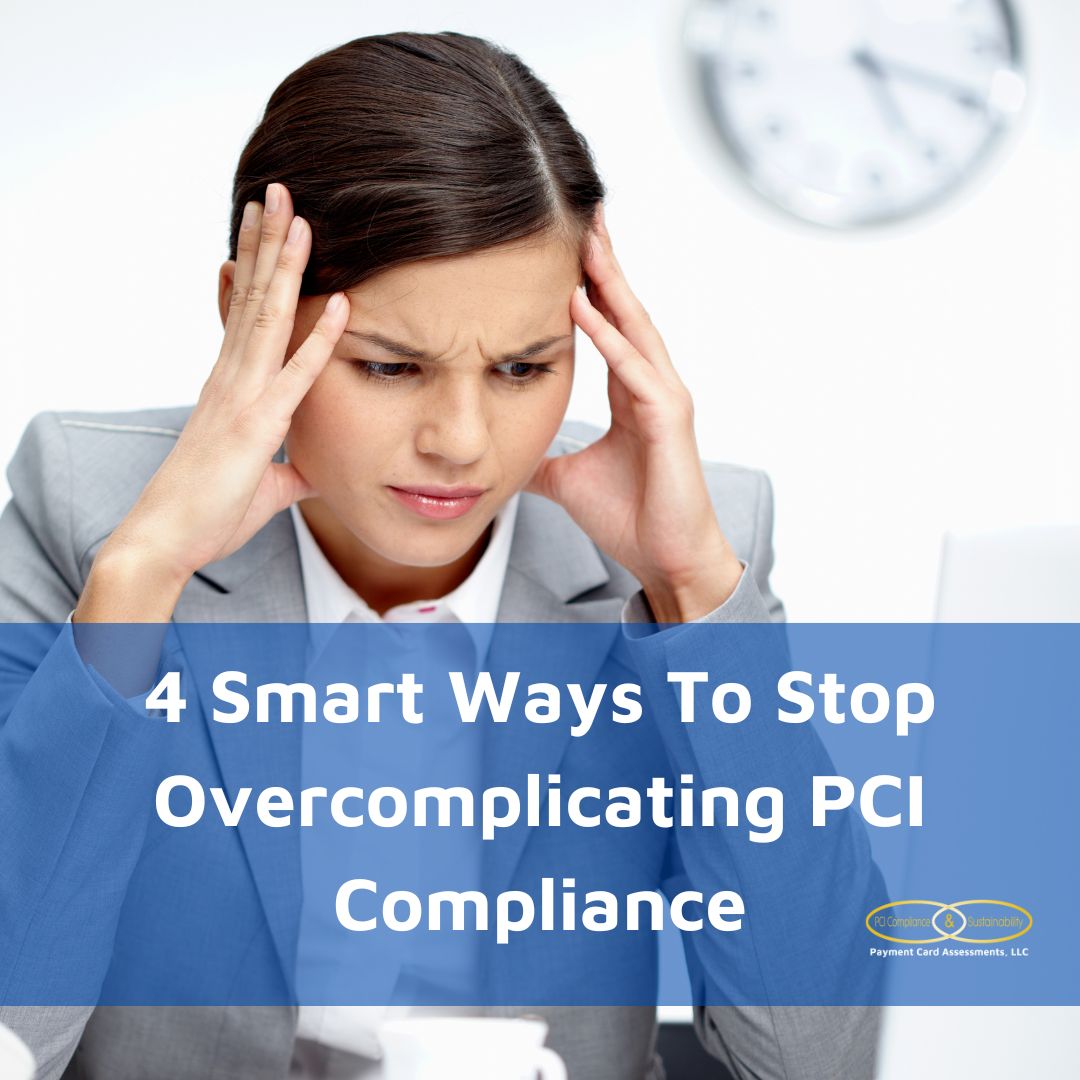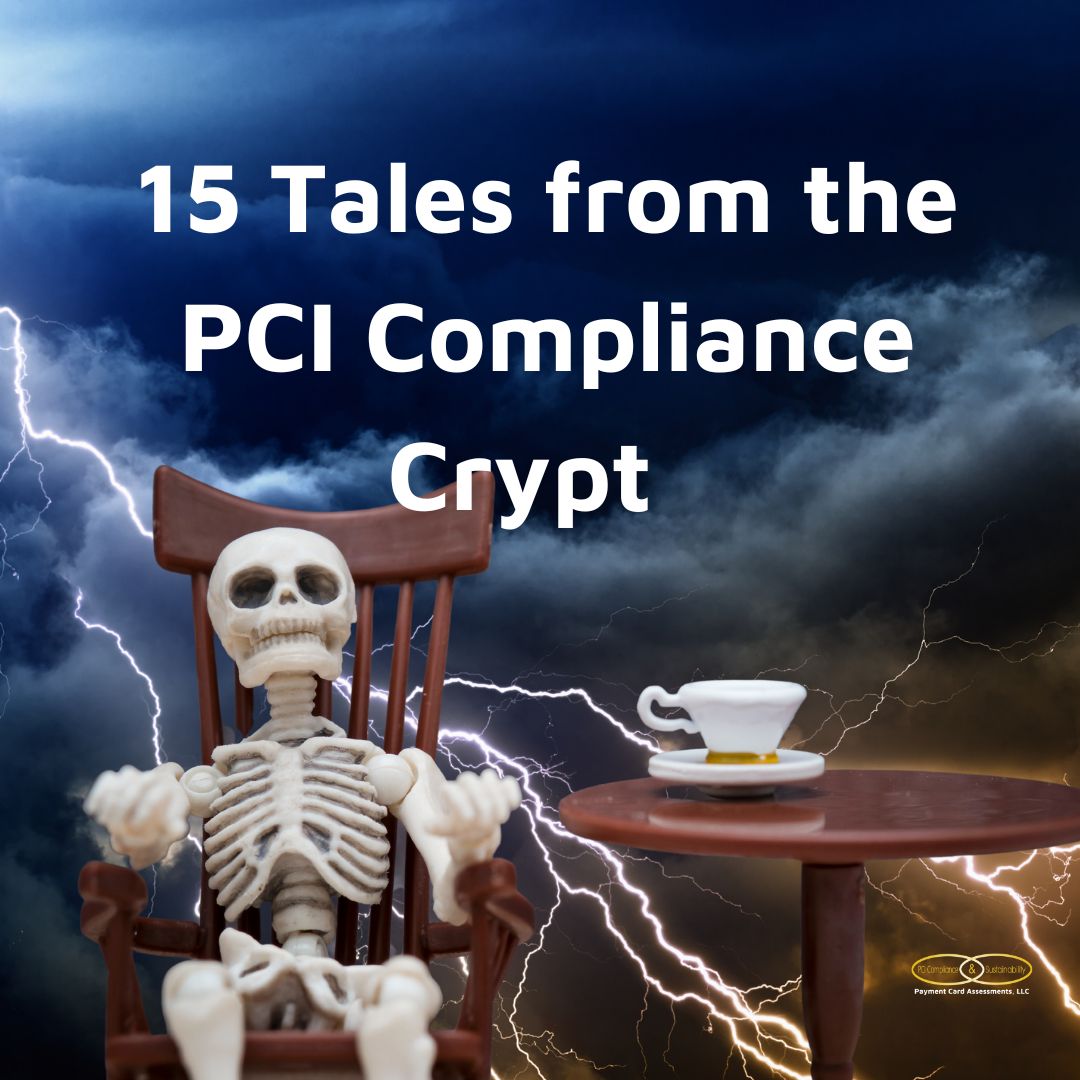A PCI DSS compliance expert highlights the critical role of adhering to defined and periodic frequency requirements in maintaining security measures. Frequent reviews, such as every six months for network security control rule sets, are mandatory. Failure in compliance can lead to severe repercussions for organizations. Payment Card Assessments aids compliance through automation, education, and operation strategies, enhancing program effectiveness. Proper process implementation and training are essential for meeting PCI DSS standards and leveraging tools like the Requirement Frequency template enhances compliance management.
Is your PCI DSS Compliance program is all over the place? Do you have your asset inventory in 7 different spreadsheets? If you answered yes, maybe it’s time to automate key controls and your assessment process. Read on to find out how!
If PCI Compliance were easy, every organization would be doing it, right?
But it’s not.
The sad statistic from the most recent Verizon Payment Security Report is that 57% of all merchants fail to sustain PCI DSS Compliance.
Why?
There are so many reasons. Where do we start?
Let’s start with the 5 PCI Compliance headaches everyone can live without.
You can do PCI Compliance the Smart Way or the Hard Way. Which way do you choose?
You know that saying, “objects appear bigger in the rearview mirror,” right?
When it comes to PCI Compliance, satisfying the requirements often looks bigger the more you stare at them. And when you look at the requirements in isolation, they often look next to impossible to implement. Your brain (and my brain) want to over complicate what needs to be in place to secure the cardholder data environment.
Maybe you jump immediately to implementing the newest shiny security tool without thinking of how it will impact other in scope systems.
Maybe you leap to more complexity by adding layers of security controls and processes when one solid, repeatable process will do.
Or maybe you bury your head in the sand and sing lalalalalalalalalalala….(honestly, there were days I wish I could’ve done that!)
PCI Compliance doesn’t have to be complicated.
Here’s 4 smart ways to stop overcomplicating your PCI Compliance program:
These PCI DSS Compliance tales would be funny if they weren’t true. Maybe you’ve heard one or two yourself!
I wish I had had the PCI workshops and resources that included easy to follow directions and targeted training back in 2012.










